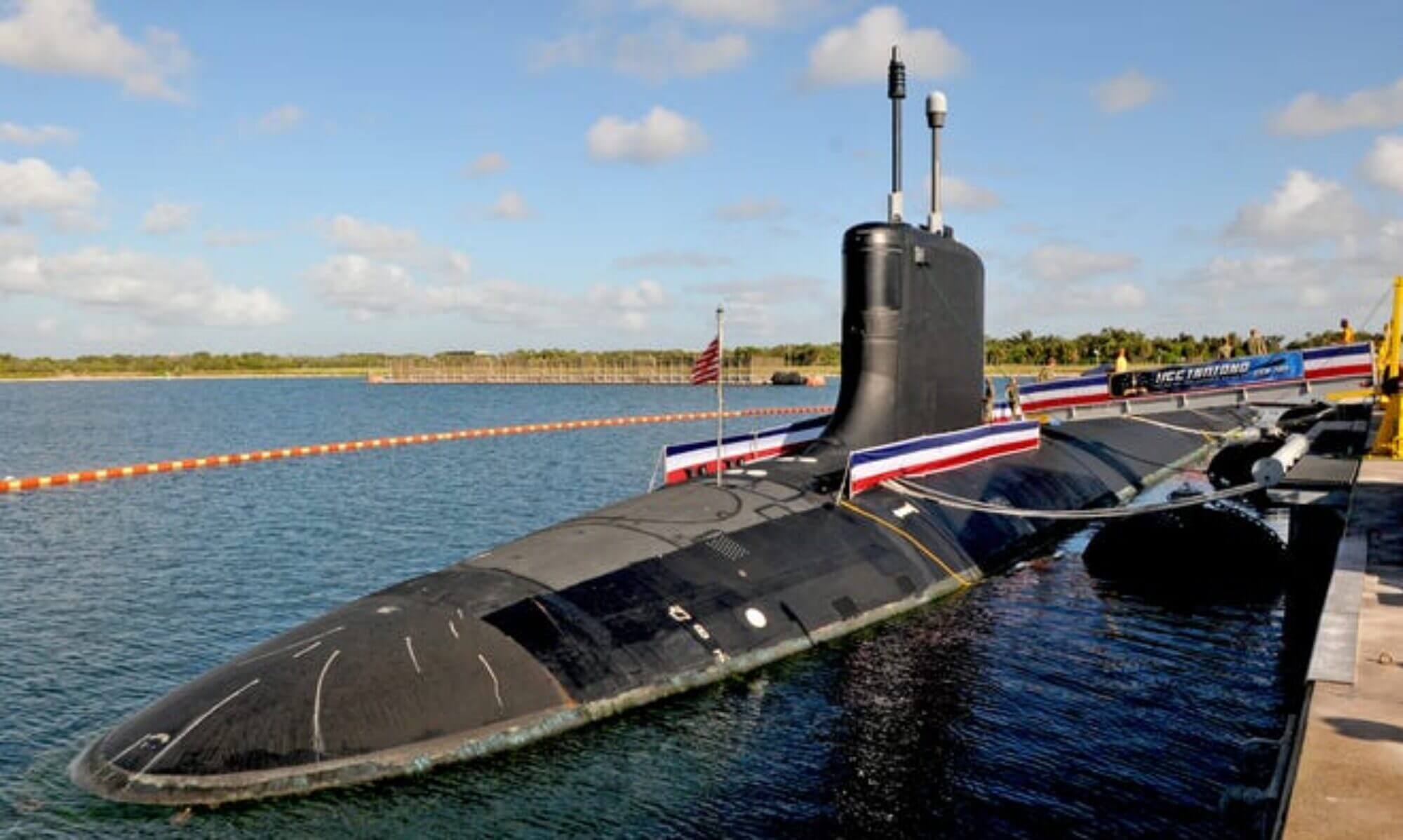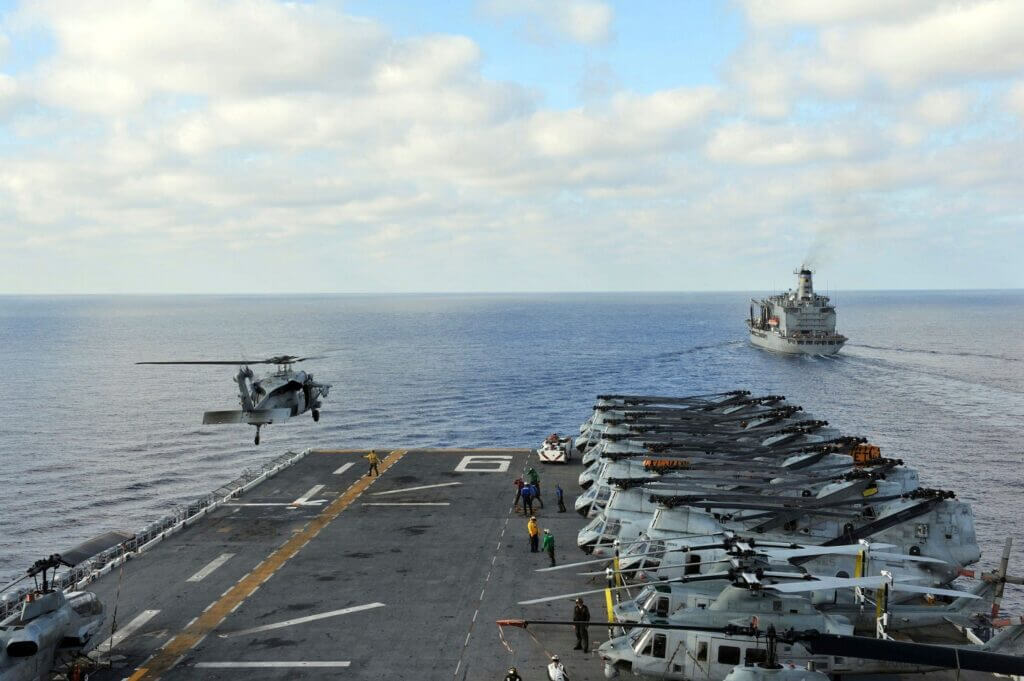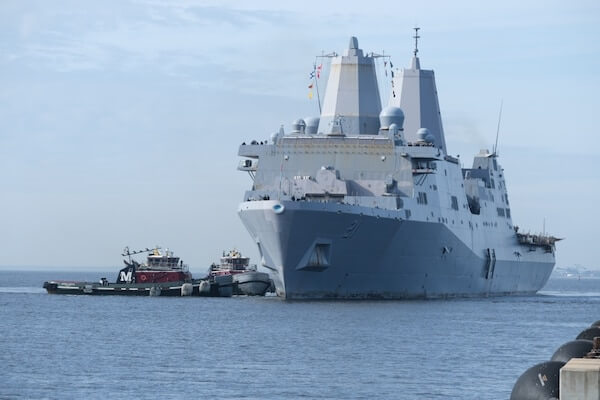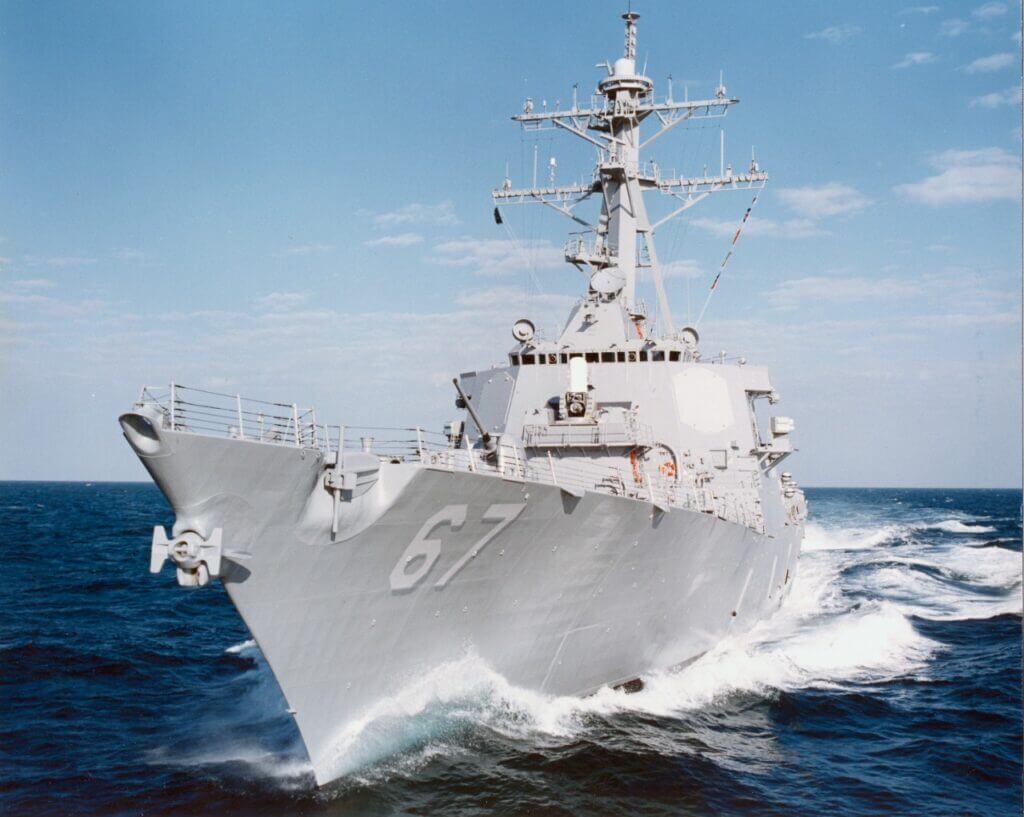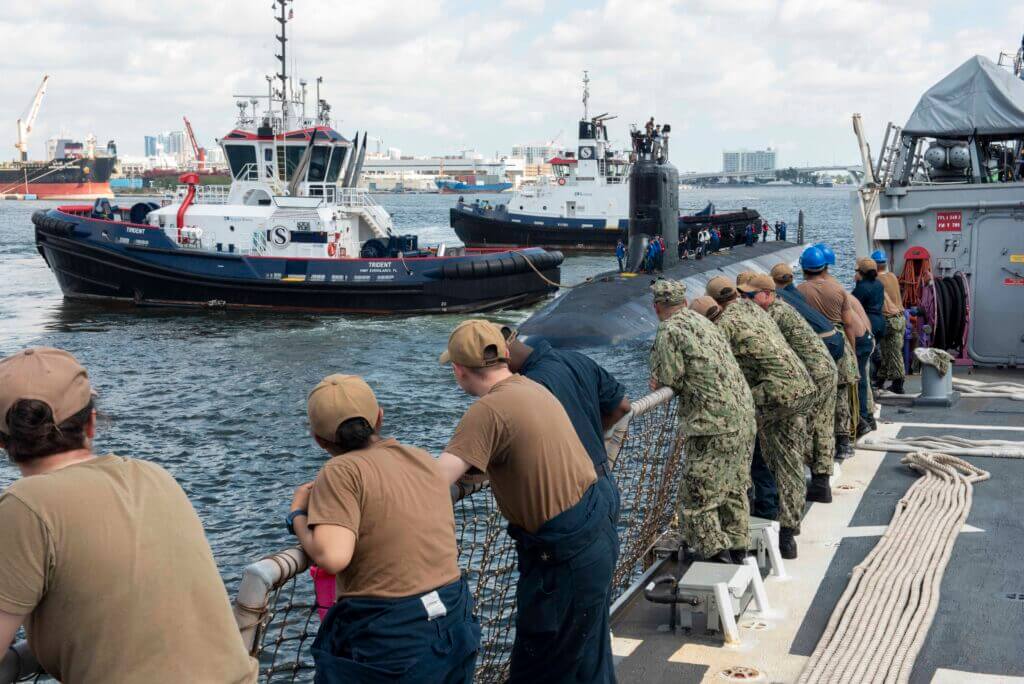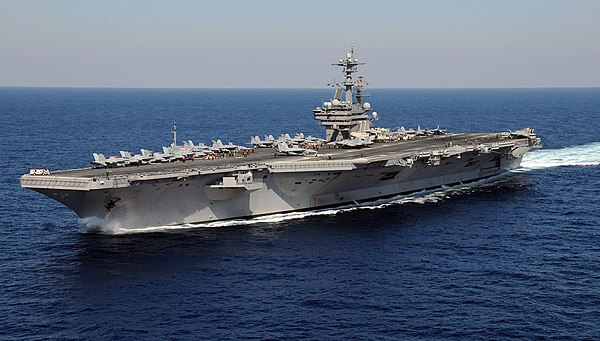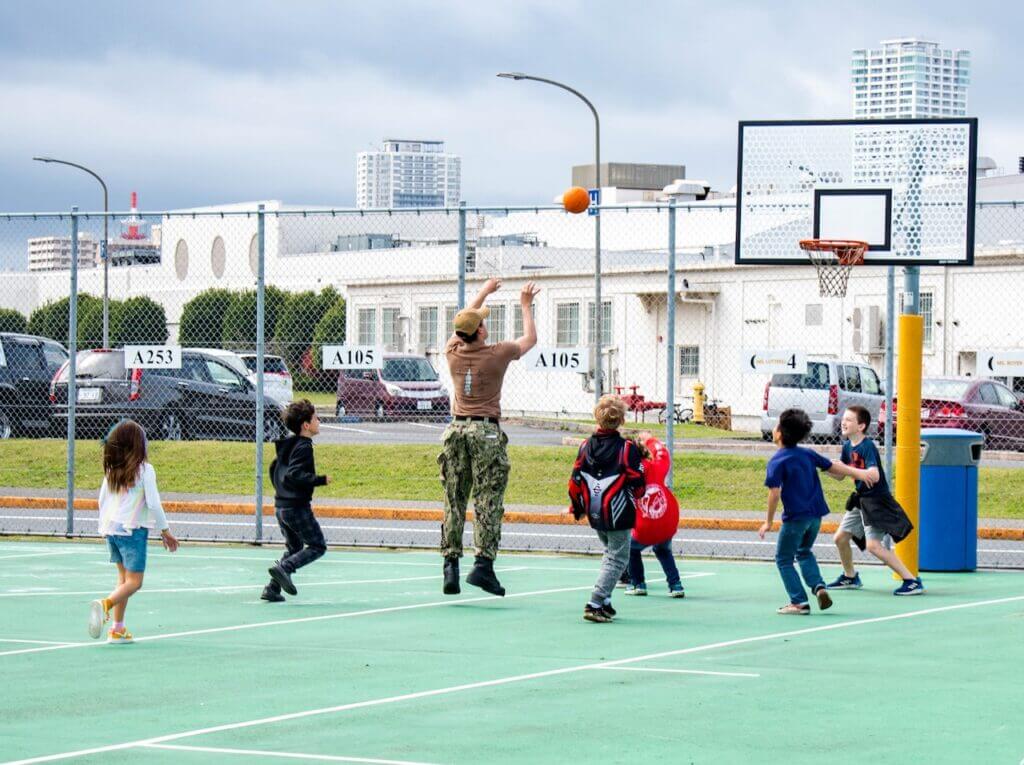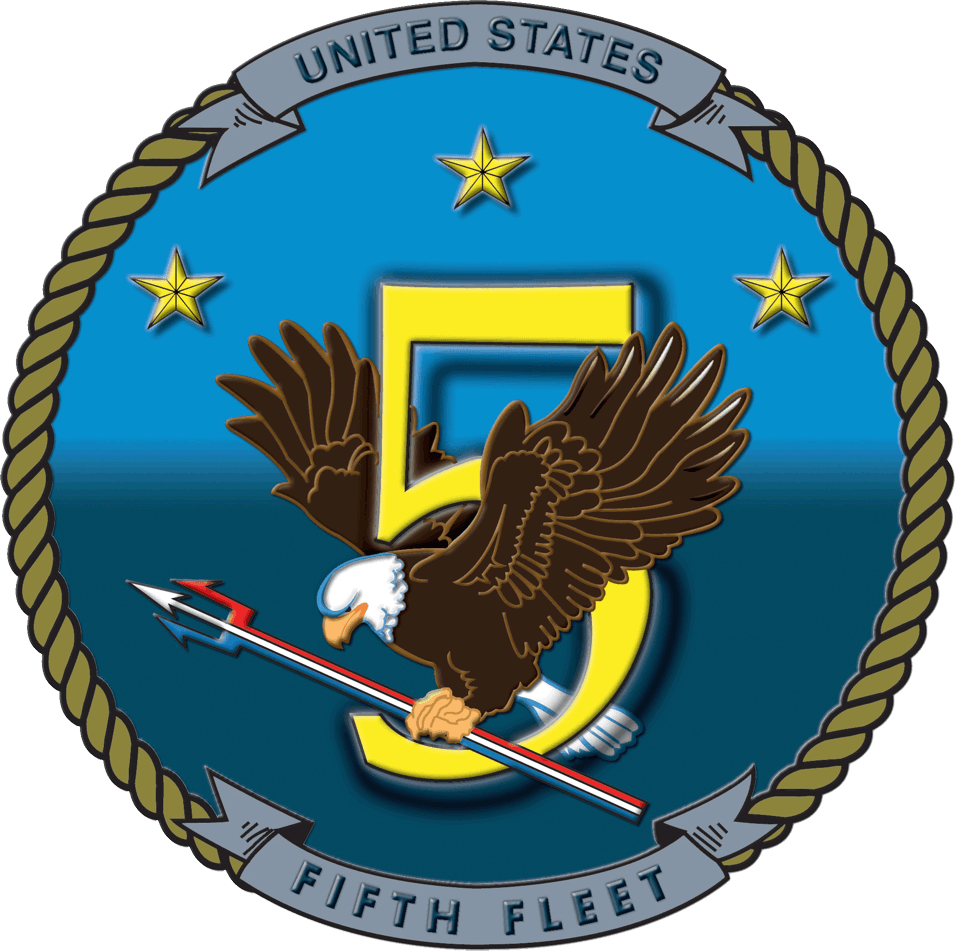Fleet Week is an annual event that celebrates the strength and power of the United States Navy. This year, the USS New York is among the four ships that have arrived at Port Everglades in Fort Lauderdale, offering visitors a chance to see the powerful symbol of strength and sacrifice up close.
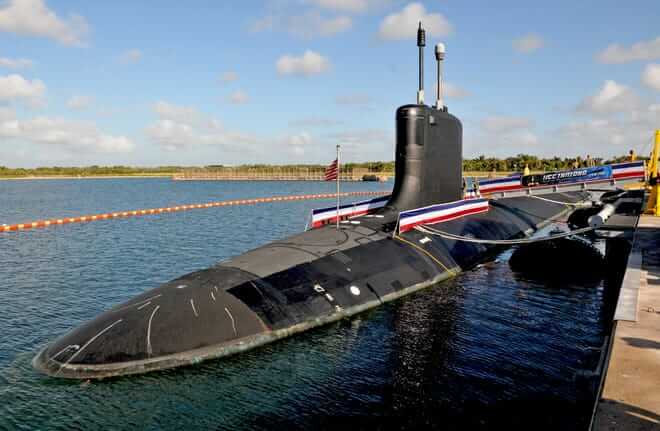
The USS Indiana (SSN-789) is a nuclear-powered Virginia-class attack submarine in the United States Navy named after the state of Indiana. It is the sixteenth submarine of its class and the sixth of the redesigned Block III, which features a revised bow and vertical launch system technology from the Ohio-class of guided missile submarines. Here’s everything you need to know about this impressive vessel.
Construction and Commissioning
The construction of the USS Indiana (SSN-789) began on December 22, 2008, and it was built by Huntington Ingalls Industries in partnership with the Electric Boat division of General Dynamics in Newport News, Virginia. The submarine’s keel was laid on May 16, 2015, and it was launched on June 9, 2017. The USS Indiana was christened on April 29, 2017, and sponsored by Diane Donald, wife of Admiral Kirkland H. Donald, USN (ret). The submarine was acquired on June 25, 2018, and commissioned on September 29, 2018, at Port Canaveral, Florida.
General Characteristics
The USS Indiana (SSN-789) has a displacement of 7800 tons when light and 7800 tons when fully loaded. The submarine is 114.9 meters (377 feet) long and 10.3 meters (34 feet) wide, making it a formidable vessel. Its propulsion system consists of a single S9G PWR nuclear reactor generating 280,000 shp (210 MW) and two steam turbines generating 40,000 shp (30 MW). It has a single shaft pump-jet propulsor and a secondary propulsion motor, enabling it to reach a speed of 25 knots (46 km/h). Its range is essentially unlimited, with a maximum lifespan of 33 years. The submarine has a test depth of greater than 800 feet (240 meters) and a complement of 134 officers and men.
Homeport and Motto
The USS Indiana (SSN-789) is currently stationed at its homeport in Groton, Connecticut. The submarine’s motto is “Silent Victors,” which speaks to its stealth capabilities and its ability to carry out missions without detection.
Conclusion
The USS Indiana (SSN-789) is an impressive submarine that showcases the technological advancements of the Virginia-class of submarines. Its nuclear-powered propulsion system, impressive speed, and range make it an essential asset to the United States Navy. With a dedicated crew and state-of-the-art technology, the USS Indiana (SSN-789) is ready to defend the United States against any threat.
